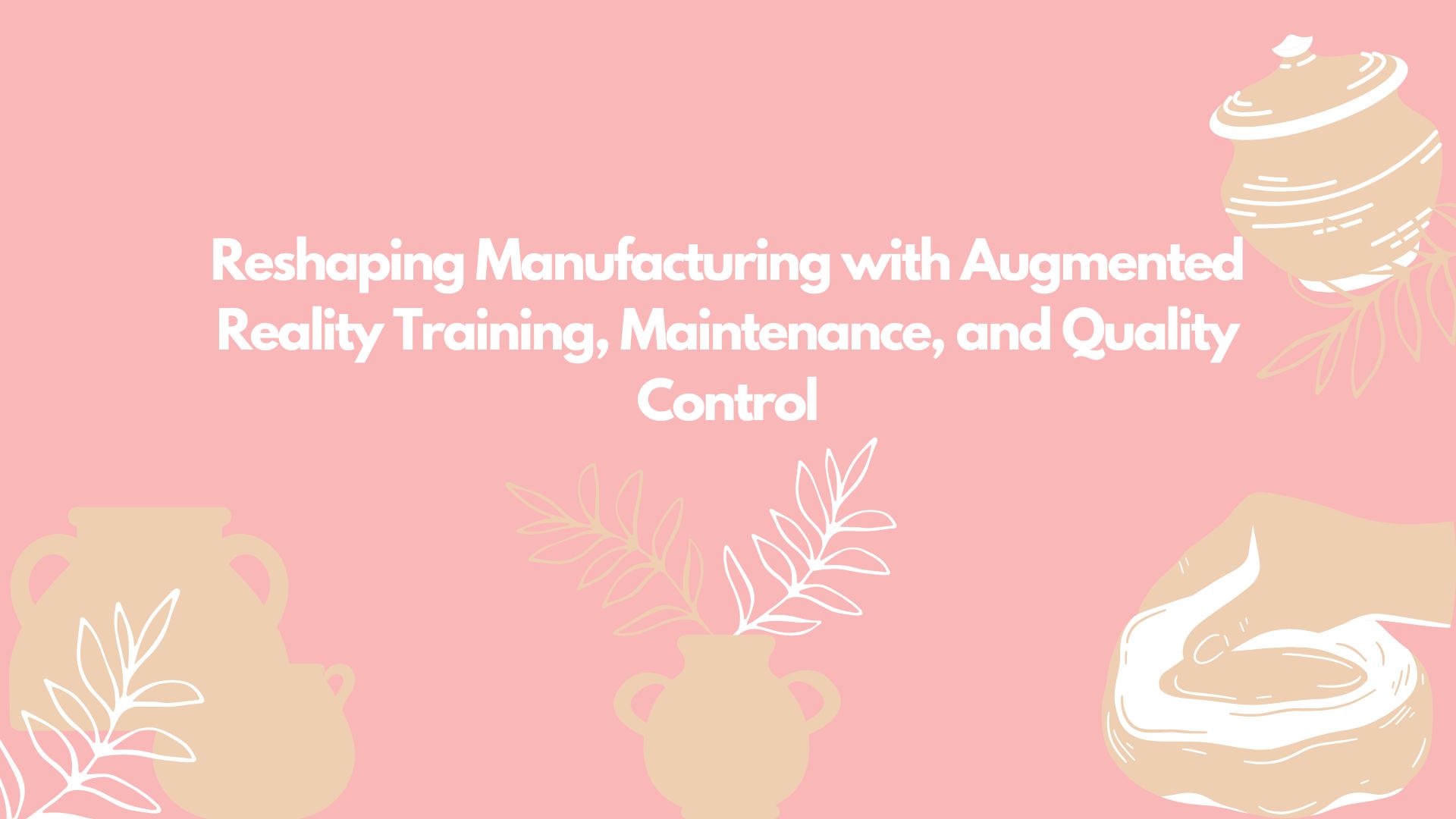Introduction
Augmented reality (AR) is transforming the manufacturing industry by offering enhanced training, improving maintenance, and boosting quality control. From visualizing complex processes to assisting workers with hands-on tasks, AR is providing new opportunities for efficiency and precision. This blog explores the uses and benefits of AR in modern manufacturing and offers insight into how companies can integrate AR into their operations.
The Benefits of Augmented Reality in Manufacturing
- Improved Training and Skill Development: AR allows employees to learn hands-on without disrupting production, making complex tasks simpler to understand and perform.
- Enhanced Maintenance: Workers can use AR-guided maintenance instructions, reducing errors and improving equipment uptime.
- Boosted Quality Control: AR aids in identifying defects during production, ensuring consistent quality across batches.
- Reduced Downtime: With visualized maintenance and troubleshooting, repairs are faster, reducing downtime.
- Greater Safety: AR provides visual safety guidelines, allowing workers to operate equipment more safely.
Key Applications of AR in Manufacturing
- On-the-Job Training: AR simulations allow employees to engage in virtual training before working with complex machinery.
- Maintenance Assistance: AR overlays provide step-by-step guidance for maintenance tasks, making repairs quicker and easier.
- Assembly Guidance: AR tools guide assembly line workers, ensuring tasks are performed accurately and efficiently.
- Quality Inspection: AR systems can overlay visual indicators on products, allowing for quicker defect identification.
- Remote Assistance: Remote experts can provide AR-guided support, solving technical issues without being on-site.
Implementing AR in Manufacturing
- Start with Pilot Projects: Test AR in specific areas like training or maintenance before expanding.
- Train Staff: Ensure employees are comfortable using AR tools by providing thorough training.
- Invest in Quality AR Solutions: Choose AR platforms that fit your specific operational needs.
- Monitor ROI: Regularly assess how AR impacts productivity, quality, and costs to gauge its effectiveness.
- Iterate and Expand: Use feedback from pilot projects to improve AR implementation across more processes.
Conclusion
Augmented reality is reshaping the future of manufacturing by providing advanced solutions for training, maintenance, and quality control. As AR technology continues to evolve, it offers manufacturers a unique way to improve productivity, safety, and operational efficiency. Investing in AR can position manufacturers at the forefront of innovation, ready for the demands of a competitive market.









